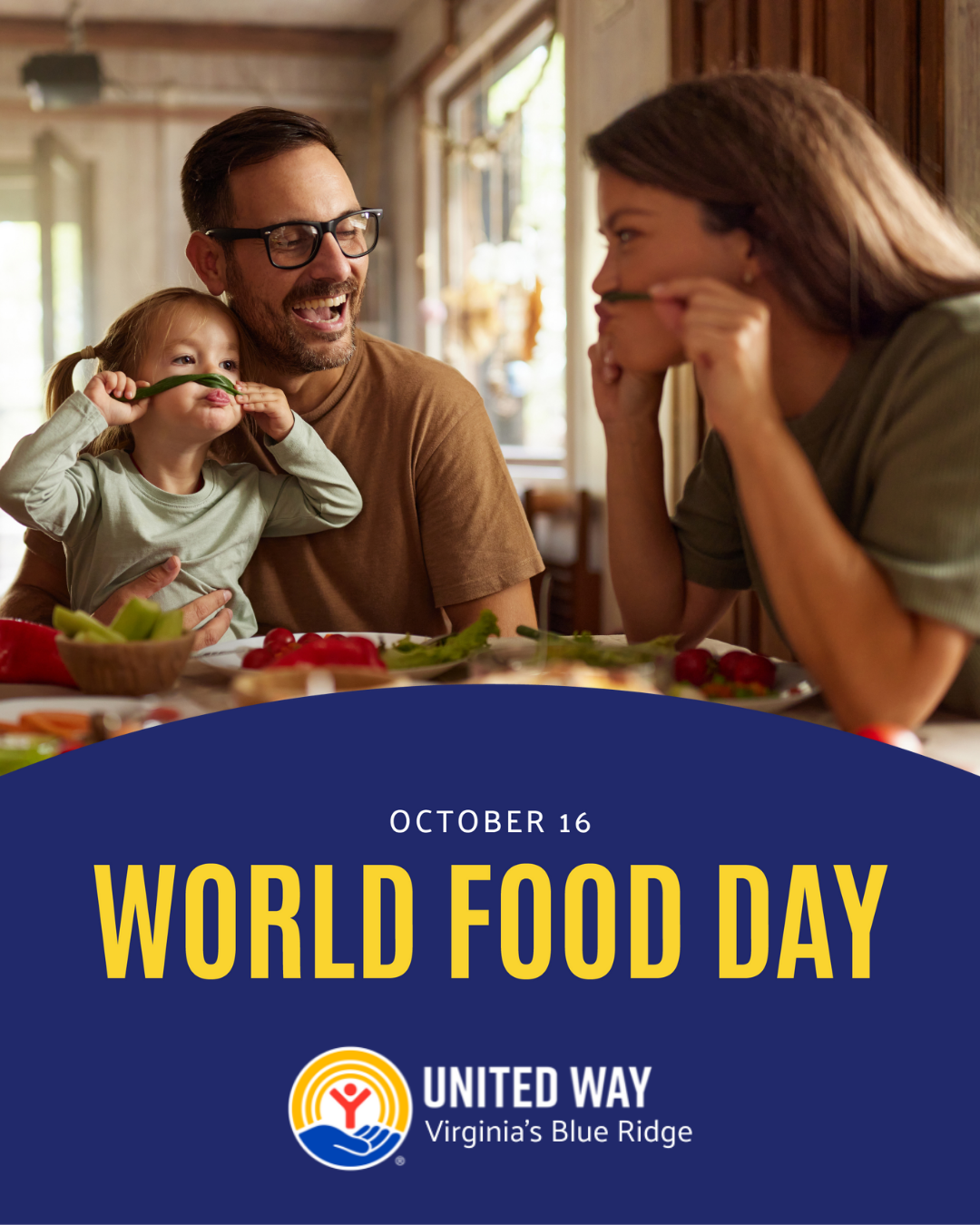Financial Strength = Community Strength
A resilient community isn’t only about weathering natural disasters—it’s built through everyday stability. When families can handle unexpected costs, when parents feel secure in their jobs, and when neighbors support one another’s economic well-being, communities grow stronger from the ground up.
Why the Financial Landscape Matters
Recent data tell a clear story: many households are financially vulnerable, and that fragility impacts more than bank balances—it touches every part of community life.
- According to the Federal Reserve, 63 % of U.S. adults said they could cover a $400 emergency expense using cash or equivalent—meaning 37 % would likely struggle. (Federal Reserve)
- The same report shows only 55 % of adults have savings to cover three months of expenses, leaving a large share of households exposed to financial shocks. (Federal Reserve)
- A recent analysis from NerdWallet highlights that 70 % of Americans consider themselves financially resilient, yet fewer than half have enough savings to cover three months of living expenses. (NerdWallet)
When families lack financial stability, the ripple effects reach schools, employers, and public systems: children struggle academically, parents face tough decisions about work and care, and stress on local services increases.
How UWVBR’s Programs Support Financial Stability
At United Way of Virginia’s Blue Ridge, we know resilience comes from more than one program—it’s built through a web of support across finances, education, and community connection.
- Our work with job-training and skills development programs gives adults the tools they need for stable employment and income growth.
- Community Health Workers (CHWs) connect households to financial coaching, benefit navigation, and local banking resources—helping families manage budgets, debt, and unexpected costs.
- Through our youth and family service partnerships, we invest in early learning, after-school support, and mentorship—ensuring families are part of a network that nurtures both economic and human potential.
By addressing the root causes of financial instability—rather than just its symptoms—we’re helping families build lasting foundations for success.
What This Means for Our Region
Financial shocks don’t stay isolated—they ripple outward. A parent missing work because of unexpected bills affects the local employer, the student struggling after a stressful home environment affects the classroom, and families facing instability add pressure to community support systems. When too many individuals are vulnerable, the community as a whole is at risk.
But with strong support systems—job access, savings buffers, benefit navigation, and after-school programs—a community becomes resilient. It can absorb shocks, adapt to changes, and move forward together.
How You Can Help
Building financial resilience takes all of us.
💙 Give: Your donation helps fund programs that strengthen job skills, increase savings, and connect families with support.
🤝 Volunteer: Share your time or expertise—help guide a parent in financial planning, mentor a youth in career development, or assist in community workshops.
📣 Share: Spread the word about how financial stability supports community health. A resilient region is built together.
Sources
- Federal Reserve Board – “Report on the Economic Well-Being of U.S. Households, 2024” (Emergency expenses) (Federal Reserve)
- Federal Reserve Board – Emergency savings data (Federal Reserve)
- NerdWallet – “Financial Resilience: How Household Preparedness Bolsters a Strong Economy” (Oct 9 2025) (NerdWallet)





Leave a Reply